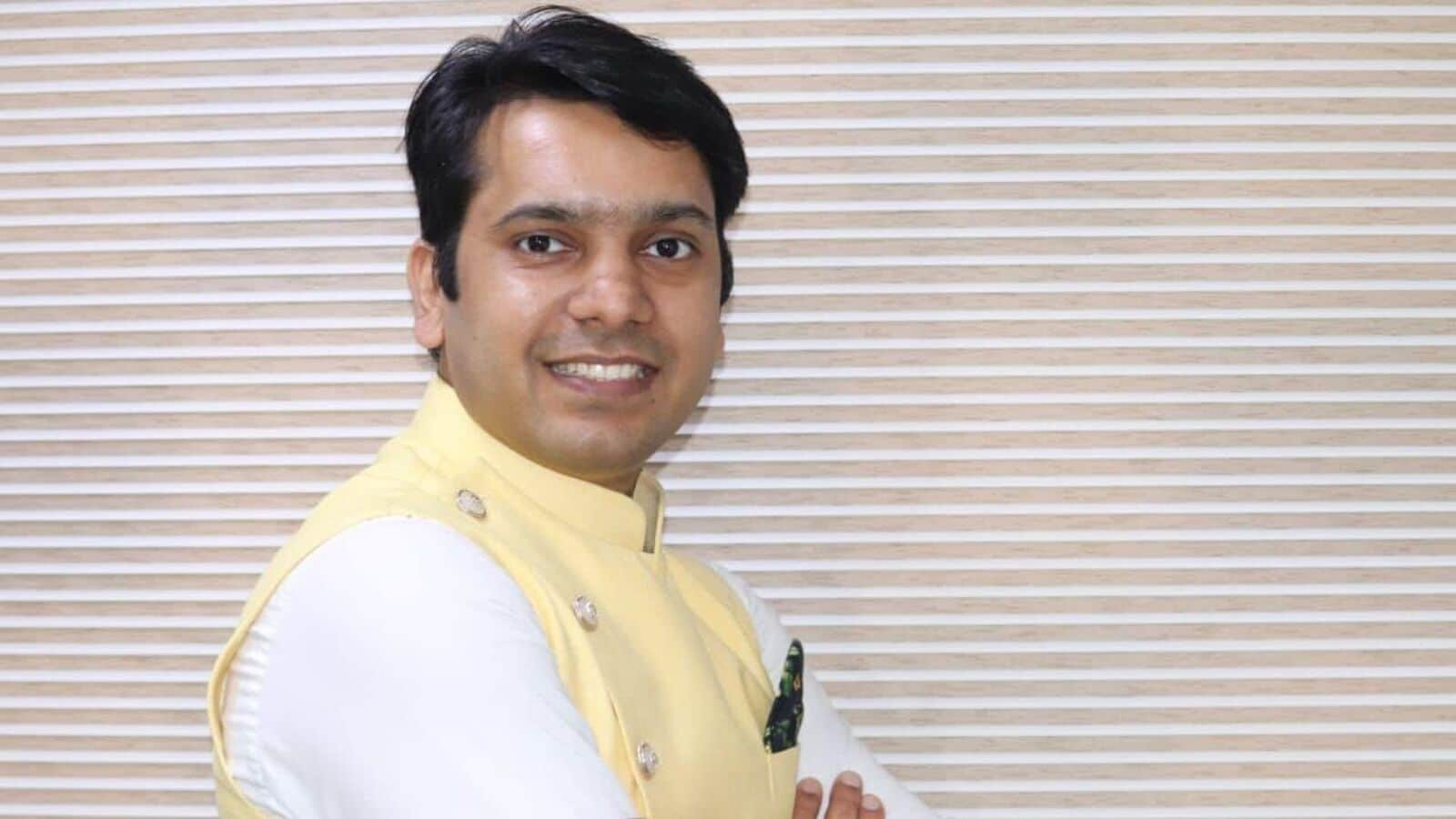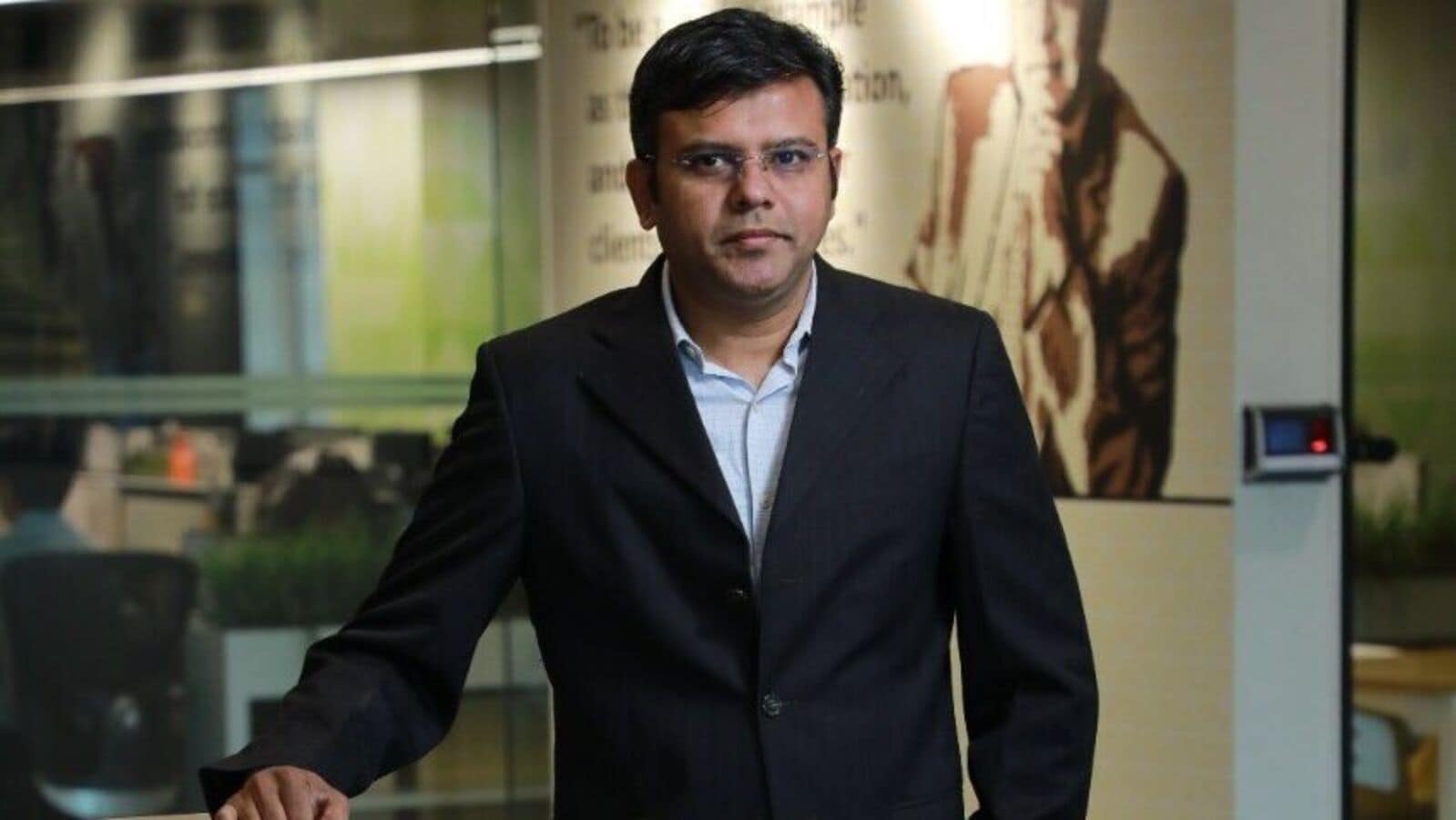Take the case of a man who died in his thirties without naming a nominee. He was married, but his wife is estranged from his parents. After his death, both sides filed claims for the provident fund and pension. “The employer says they will process the payment in favour of the wife, but we are trying to get the parents an equal share,” said Mohammed Saif, a provident fund (PF) expert at FinRight, a startup focused on EPF issues.
Read this | Saying no to EPF isn’t easy—but it’s possible
But can an employer decide on its own? Not if we go by EPF and Employees’ Pension Scheme (EPS) rules as defined by the Employees’ Provident Fund Organisation (EPFO).
In no-nomination cases, the PF amount is equally distributed among all surviving family members—except for sons who have attained majority, sons of a deceased son who have attained majority, married daughters with a living husband, and married daughters of a deceased son whose husband is alive.
“Siblings aren’t counted among family members. The pension, however, will only go to the wife and children,” said Sanjay Kesari, regional provident fund commissioner-I (retired), EPFO.
That means, in the case mentioned above, the PF amount will be equally distributed between the wife and the parents, while only the spouse is eligible for the pension.
To avoid such disputes, PF members must take nominations seriously. Remember: EPF and EPS nominees are end beneficiaries—not custodians. Succession laws of respective religions don’t apply here.
The nuances
Few members realise that EPF and EPS nominations are filed together—but apply differently.
“Form 2 is used for nominations. It has two parts—Part A and Part B. Part A covers EPF nominations, while Part B is for EPS nominations. Nominees listed in Part A are also eligible for EDLI (Employees Deposit Linked Insurance scheme) benefits,” said Adarsh Vir Singh, founder of social security consulting firm Nidhi Niyojan.
Read this | Higher EPS pension: Why do employees feel shortchanged?
So who can be nominated? That depends on how ‘family’ is defined under the EPF 1952 and EPS 1995 schemes.
Under EPF, the family includes: dependent father, dependent mother, wife, sons (including adult sons), daughters (including married ones), deceased son’s widow, deceased son’s sons, and deceased son’s daughters. Female members may also nominate their husband’s dependent parents. “Both male and female members can state in writing if they want to exclude their spouse—or, in the case of women, the husband’s parents—from the definition of family,” said Kesari.
If a member doesn’t have any family as defined under the EPF scheme, they may nominate anyone of their choice—even a non-relative. “It could be a friend, for example,” Singh said.
Read this | EPFO alert! How to avoid, deal with rejections, delays
The EPS 1995 scheme is more restrictive: the family includes only the spouse and children. “If a member has a spouse and children at the time of filing a nomination, she must include them—even if she doesn’t want to assign them a share—because they alone will be eligible for pension. If the member is single, or if the spouse or children are no longer alive, she may nominate another family member or a non-relative,” said Kesari.
Got married? Nominate again
Marriage automatically nullifies any existing EPF and EPS nominations. If you get married, you must file a fresh nomination updating your family details—and once you have children, add them as well.
“Most people become EPF members when they’re unmarried. They often don’t realise that after marriage, the spouse should be the default nominee. In most cases, old nominations continue and if those members pass away, their case will be treated as a no-nomination case, in case of dispute between family members, this can lead to a long-drawn process of seeking legal succession certificate from court,” said Singh of Nidhi Niyojan.
To avoid this, use the EPFO’s e-nomination facility. Log in to the member portal with your UAN (universal account number) and password, and go to the ‘e-nomination’ section under ‘Manage’. You’ll need to add your family members, upload their photos, and enter their Aadhaar numbers. The system verifies Aadhaar data against name, date of birth, and gender. Only on successful verification will the family members be added. If you have no spouse or children, the system will prompt you to fill EPS nominations instead.
Once all family members are added, a PDF is generated. You must e-sign it using OTP authentication via your Aadhaar-linked mobile number. Without this e-sign, the nomination will not be valid.
E-nomination offers a big advantage over physical forms—it allows family members to file online claims after the member’s death using OTP-based login on their Aadhaar-linked mobile numbers.
“If e-nomination exists, a death claim can be filed online. There’s a separate link for this on the EPFO website. Nominees should not try logging into the member’s portal after their death. Also, if the member passed away while still employed, the employer must clearly mention the exit date which should be the same as the date on the death certificate. Further, the reason for exit must be ‘death in service’. Some employers tend to mention incorrect reasons which becomes an issue in filing the death claim,” said Saif from FinRight.
When death claims get complicated
Filing a death claim with the EPFO is rarely straightforward—especially when the deceased has worked across multiple organisations.
Before a nominee can access the provident fund, pension, or EDLI benefits, all previous PF accounts and EPS service periods must be consolidated. That means filling up Form 13 to transfer past PF balances, along with Form 20 (for EPF withdrawal), Form 10(D) (for pension), and Form 5IF (for EDLI benefits).
The process can be cumbersome.
Take the case of a deceased employee at Happy Smile Services, a Chennai-based housekeeping contractor. His employer, M. Anuradha, has been helping his family access his benefits. “The deceased’s wife doesn’t know Hindi or English. His PF had to be transferred from the Bandra office to the Chennai office, but the documents I sent by post didn’t reach the right person. Eventually, I contacted FinRight, and the Mumbai-based startup helped complete the EPF transfer,” Anuradha said.
The PF withdrawal was processed, but the pension claim hit a roadblock. The employee had worked at three organisations, but one employer failed to deposit EPS contributions—despite him being eligible.
“On special request, that service period will not be considered and pension will be started. Had the person been alive, this relaxation wouldn’t have been possible,” said a representative from FinRight.
Such leniency is rare, though.
PF consultant Kunal Kabra of Kustodian.life shared a case where a deceased member had a two-month service stint tied to a completely different UAN. “The nominee is willing to forgo that service period, but the field office is insisting on transferring it, which has delayed the claim,” he said.
Exempt trusts (companies that manage their own PF funds) can speed up withdrawals—but even then, pension issues may arise.
Also read | Plan to withdraw from EPF for marriage, education, or illness? Know the rules
Abhilasha Singh from Indore is trying to claim pension benefits after her husband’s death. But there’s a hitch: his second employer didn’t deposit EPS contributions, despite his eligibility. She withdrew the PF after his death, only to discover the EPS issue later. “Now I’ll have to deposit an amount equivalent to EPS balance during second employment to be eligible for pension benefit,” Singh said.
The bottom line: File your nominations, consolidate old accounts, and don’t leave your family guessing.





